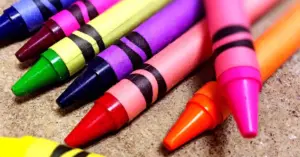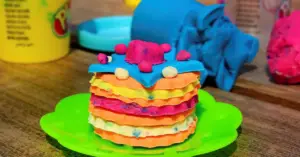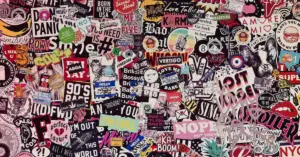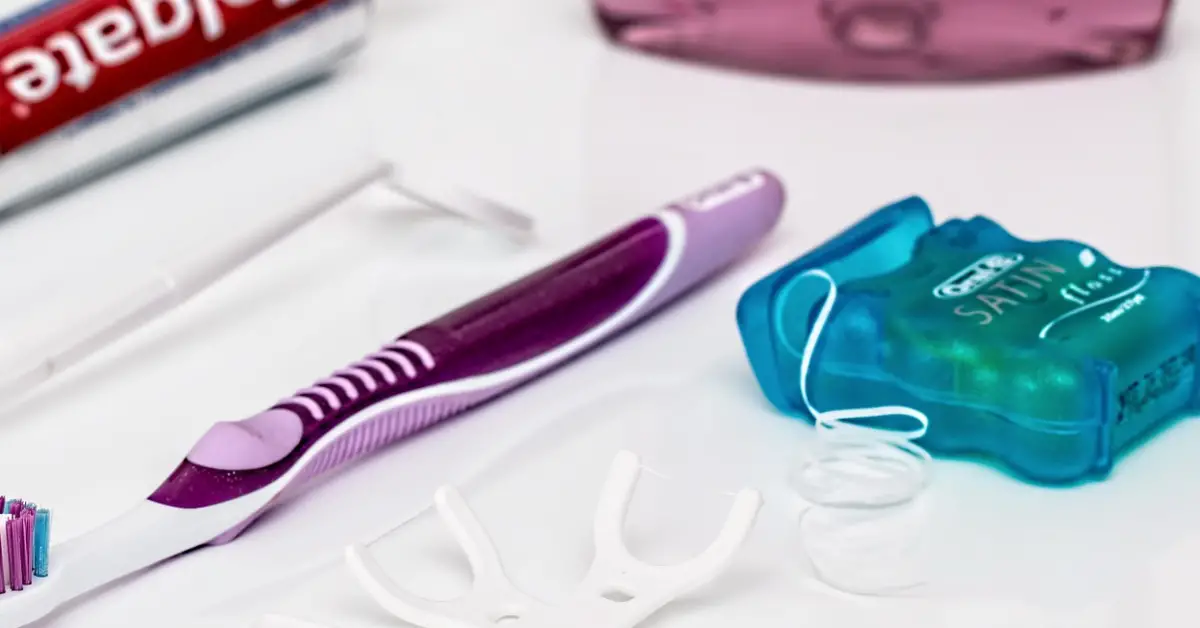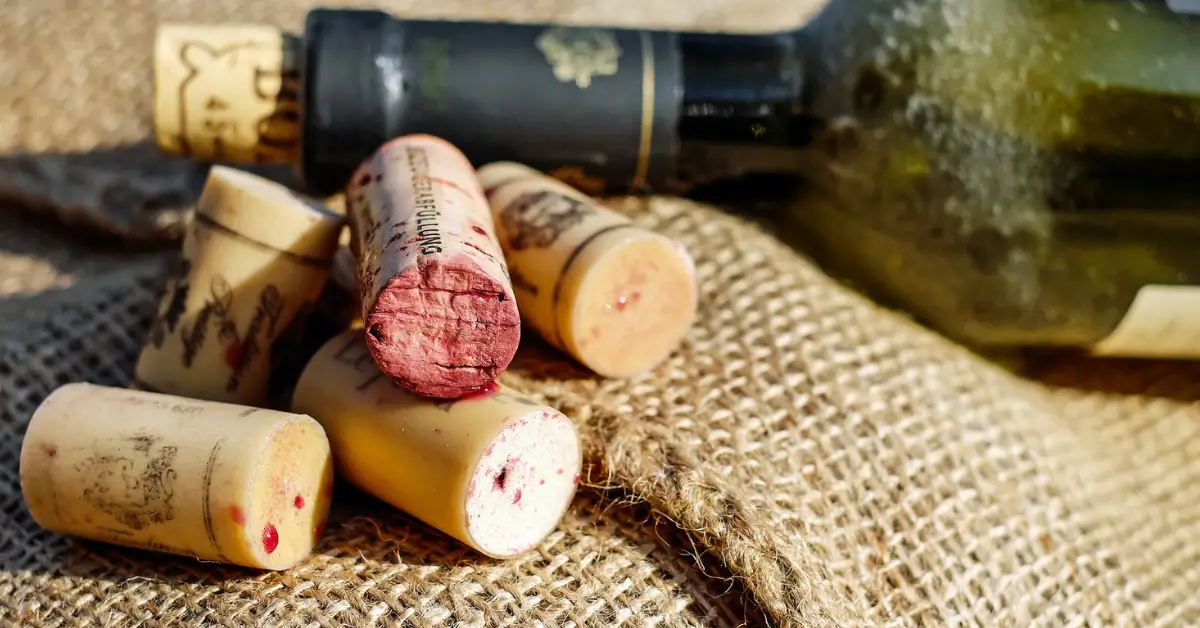You’d think by this day and age we would have a more advanced system for those in the supply chain to identify different varieties of fruit. But no. Despite calls to ban the pesky little stickers, we still go through multiple millions of them every single week. With them being, generally, non-recyclable what are the other options for their disposal? Are fruit stickers biodegradable and can they be composted?
Firstly, what are fruit stickers made of?
Before we decide if something is biodegradable or not, a good start is knowing what it is actually made from. Most produce fruit stickers, technically known as the price-lookup code (PLU code), are made from plastic. As well as being a cheaper alternative to paper stickers, they also are more durable and withstand the different sprays and liquids that the fruit may encounter before it reaches the shelves.
So, are fruit stickers biodegradable?
If an item is said to be biodegradable, it can be broken down naturally by micro-organisms. It can, essentially, return to nature. Since most fruit stickers are made from plastic they are not biodegradable – plastic did not come from nature originally, so it can’t return there! Over the course of many years it will slowly break down into smaller and smaller pieces. But this is not biodegradation. It merely adds to the microplastics pollution issue, rather than giving nutrients back to the earth. Every piece of plastic that you have used over the course of your entire life is likely to still be in landfill, in some form, if that was its final resting place. That includes all the fruit stickers too.
Are fruit stickers compostable?
Composting is a great way to reduce your household waste – it, basically, turns natural materials into a nutrient-rich (and free!) fertilizer for your garden. Despite what many people think, the terms ‘biodegradable’ and ‘compostable’ are not interchangeable. Although not everything that is biodegradable can be composted (if it is, say, contaminated with chemicals), for an item to be composted it must be biodegradable! This unfortunately rules out the plastic fruit stickers.
In terms of the fruit stickers, unless you have eaten an orchard full of apples, you would be unlikely to produce massive amounts of fertilizer anyway. However, it would have been a good method of waste disposal considering they can’t be recycled!
But it’s not all bad news, there are exceptions…
As with lots of other waste issues, researchers and entrepreneurs are coming up with new ways of doing things that are more planet-friendly when it comes to fruit stickers. Home compostable fruit stickers have been developed by Sinclair International – the biggest fruit sticker manufacturer out there. Their ‘EcoLabel’ is said to breakdown in your compost pile in as little as 3 months. There really is no contest when you compare this to the indefinite lifespan of the plastic label! Even more creative alternatives have been developed, such as a label that dissolves in water to produce a wash for your fruit. The label was not developed initially to solve the plastic issue related to fruit stickers – this was simply a great, environmentally friendly by-product of it!
Unfortunately, none of the more eco-friendly options have become mainstream yet. Partly due to the price, producers seem happy to stick with the cheap, plastic option. And, of course, in many countries there simply hasn’t been sufficient pressure put on these producers by consumers. In countries, such as the U.S., where home composting hasn’t yet been adopted by the masses the demand for plastic sticker alternatives has been minimal.
The bottom line
You’d think that by now, plastic fruit stickers would be a thing of the past. All the digital and engineering advances we have made – and we are still sticking plastic to an apple to identify it! Unable to biodegrade, and non-compostable, they will be around for longer than you. However, they are inexpensive – so remain, by far, the most popular choice for producers. As with most industries, more eco-friendly innovations are coming. However, ultimately, as consumers we must demand change. For producers, the plastic labels are much cheaper and they have the facilities in place already – without pressure, they will try to maintain the status quo. And, lets face it, why wouldn’t they?


